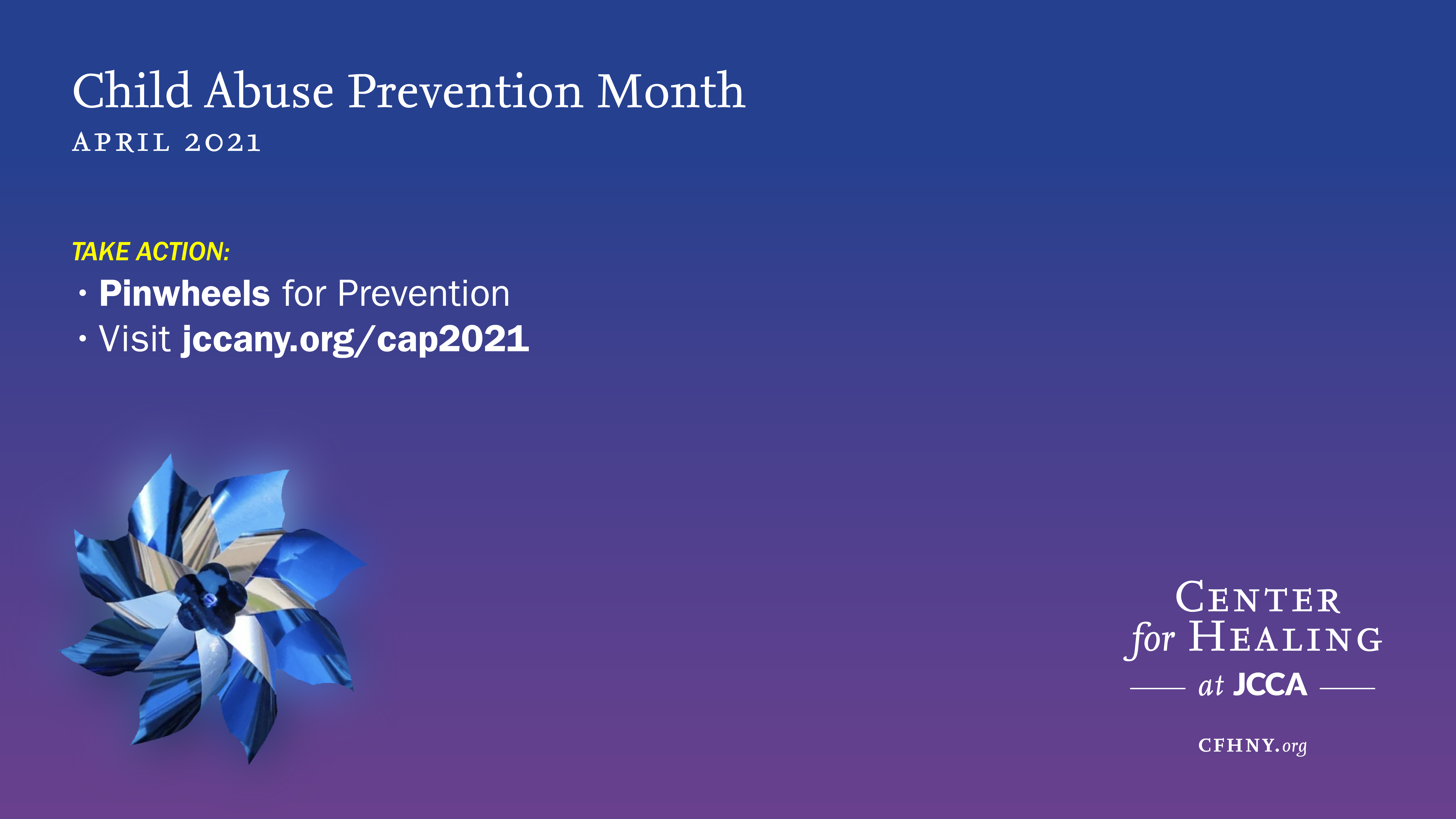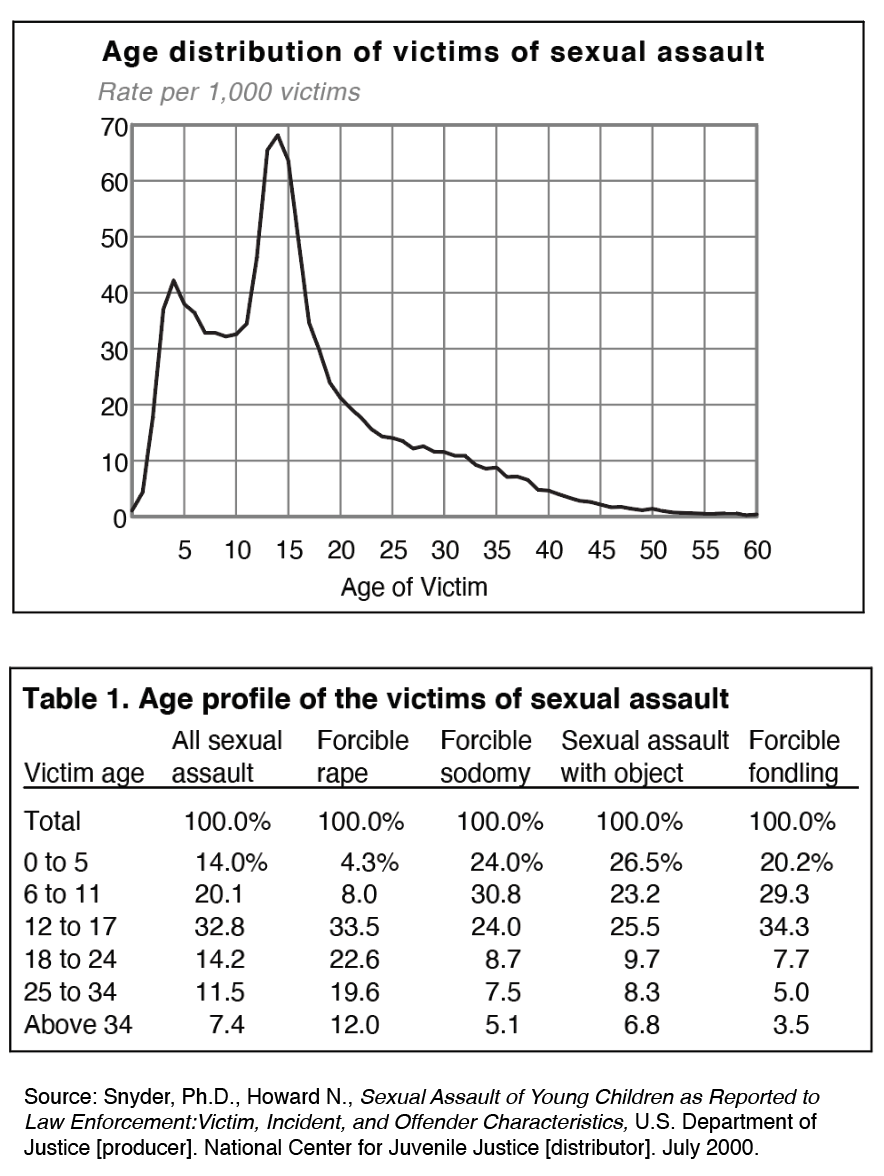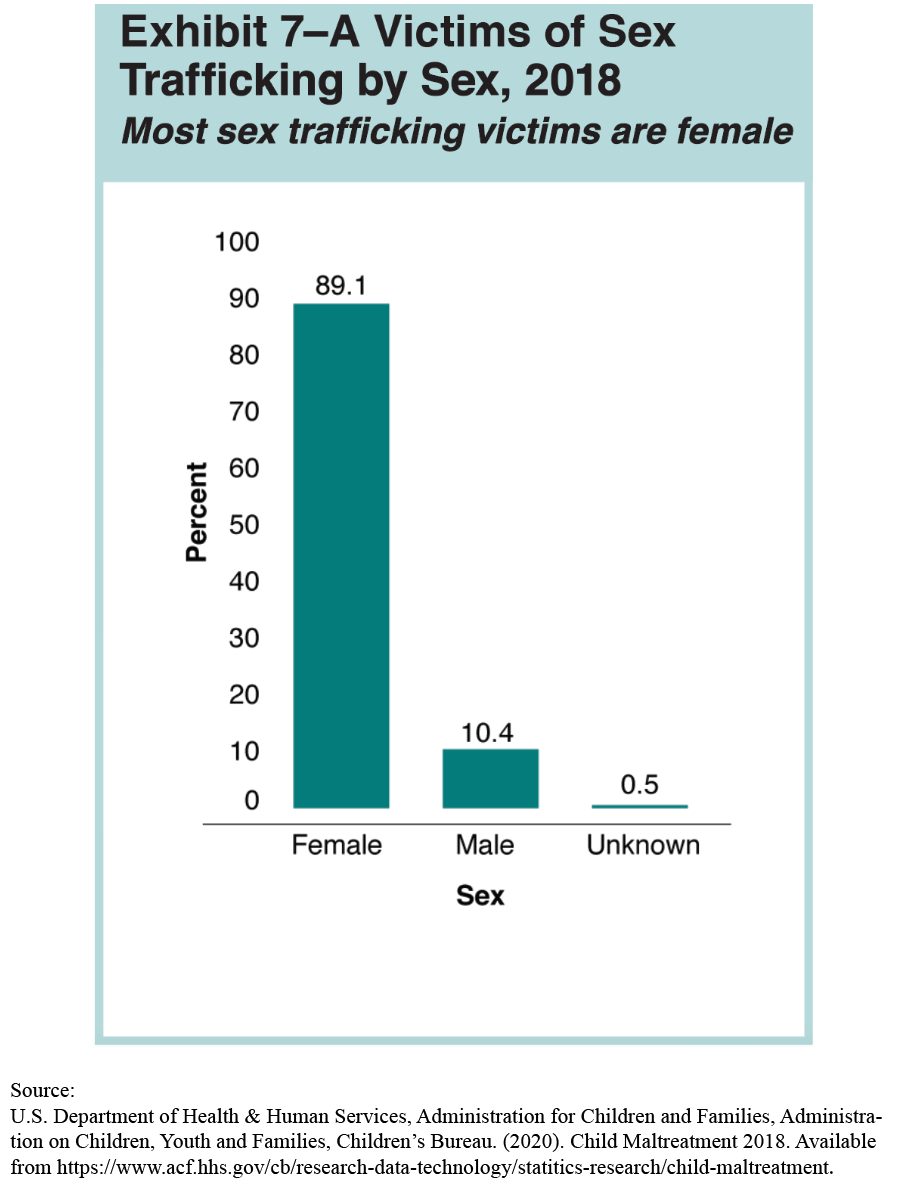Child Sexual Abuse and Grooming
April is National Child Abuse Prevention Month. In addition to JCCA’s Child Abuse Alert tool for recognizing and preventing neglect and maltreatment, JCCA’s Center for Healing has provided the following information to educate you about how to prevent grooming of children at risk for child sexual abuse (CSA).
Child Sexual Abuse
There are two different types of child sexual abuse (CSA): contact abuse and non-contact abuse.
Contact abuse is when an abuser makes physical contact with a child, including penetration. For example:
- Sexual touching any part of the body whether the child’s wearing clothes or not.
- Rape or penetration by putting an object or body part inside a child’s mouth, vagina or anus.
- Making a child take their clothes off, touch someone else’s genitals or masturbate.
Non-contact abuse involves grooming, exploitation, persuading children to perform sexual acts over the internet and flashing. It further includes:
- Encouraging a child to watch or hear sexual acts.
- Not taking proper measures to prevent a child being exposed to sexual activities by others.
- Sexually exploiting a child for money, power or status (child exploitation)
What is Grooming?
- Grooming is when an exploiter engages in deliberate and purposeful actions to establish an emotional connection and gain the trust of potential child victims and their caregivers.
- Why?
Grooming breaks down the caregiver’s defenses in order to gain access to the youth and begin breaking down the youth’s defenses. Grooming sets up a relationship grounded in secrecy so that the crime is less likely to be discovered. - How does a groomer set the stage for exploitation?
- Buying gifts
- “Gifting” money
- Promising a loving relationship
- When does grooming begin?
- Grooming occurs before the trafficker reveals the true intent. They will “test” the youth by initiating some kind of contact that they find sexually gratifying. For example, they may start by making sexualized comments and if received well, escalate to inappropriate touches.
- Due to the slow progression of the perpetrator’s advances, the abuse is often well underway before the child recognizes what’s happening.
- The perpetrator conducts these tests slowly and sporadically, upping the ante each time
- Many perpetrators will also test the youth in front of the caregiver in order to assess the level of trust they’ve built.
CSA and Children with Disabilities
People with intellectual disabilities are sexually assaulted at a rate seven times higher than those without disabilities.
Researchers have found that more than 90% of people with intellectual disabilities will experience some form of sexual abuse at some time in their lives.
Child Abuse Prevention Month Zoom Background
Desktop: Right-click > Save image
Mobile: Hold the image down until save options appear on your device

Key Statistics
- Only 10% of children who suffered sexual abuse were violated by an unknown person (the Myth of “Stranger Danger”)
- Women are the abusers in about 14% of cases reported by boys and 6% of cases reported among girls.
- Only about 38% of children disclose
- 44% of rapes with penetration occur to children under age 18
- 33% of all victims of sexual assault reported to law enforcement were ages 12 through 17 and 34% were under age 12.
- One of every seven victims are under the age of six
- In most cases where there is credible evidence of penetration, only 5-15% will have genital injuries consistent with child sexual abuse.
- Why? Because children heal more quickly than adults


Sources:
- https://www.cc-cac.org/wp-content/uploads/2020/04/all_statistics_20150619.pdf
- https://www.bjs.gov/content/pub/pdf/saycrle.pdf
- https://victimsofcrime.org/child-sexual-abuse-statistics/#:~:text=1%20in%205%20girls%20and,assault%20or%20sexual%20abuse%20incident%3B&text=Children%20are%20most%20vulnerable%20to,ages%20of%207%20and%2013.
- https://nacdd.org/wp-content/uploads/2017/11/DD-Councils-Special-Publication.pdf
- https://www.acf.hhs.gov/cb/report/child-maltreatment-2018